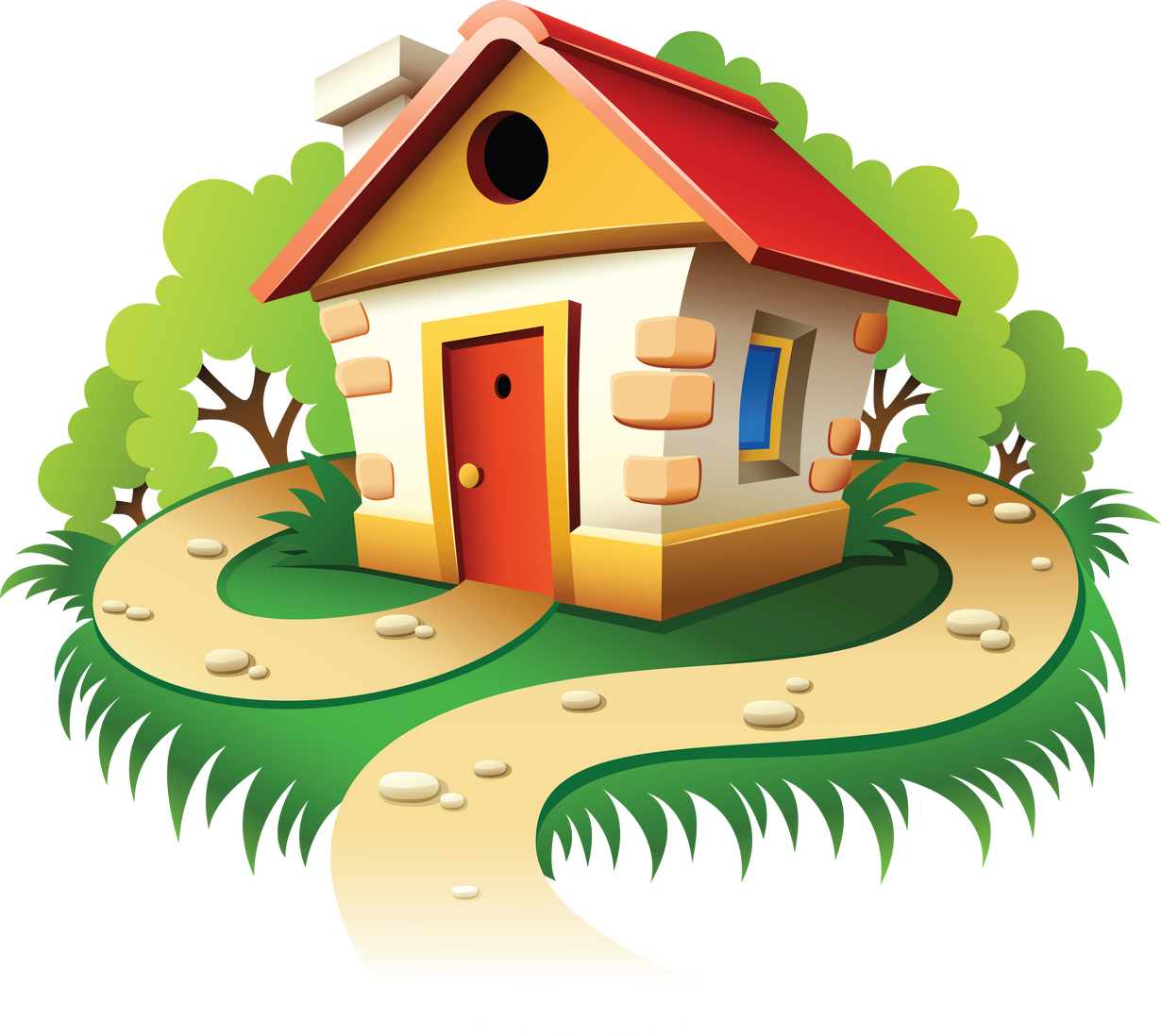Place-Based Learning in Public Libraries
What is Place-Based
Benefits

Strategies
Partners
Resources
Deborah Dutcher - Library Services Consultant NH State Library
deborah.l.dutcher@dncr.nh.gov https://nhsl.libguides.com/SummerReading
What is place-based learning?

- Place-Based Education (PBE) is an approach to learning that takes advantage of geography to create authentic, meaningful and engaging personalized learning.
- An immersive learning experience that puts people in local heritage, cultures, landscapes, opportunities and experiences,and uses these as a foundation for the study of language arts, mathematics, social studies, science and other subjects.
Benefits of place-based learning opportunities in public libraries:

- Community Collaboration:
- Libraries are natural community hubs, and place-based learning can facilitate collaboration between educators, students, and local organizations. This collaborative approach enriches the learning experience by bringing in diverse perspectives and expertise.
- Environmental Awareness:
- Place-based learning in libraries can incorporate environmental education by encouraging students to explore the natural surroundings of their community. This fosters a sense of environmental stewardship and sustainability.
- Enhanced Critical Thinking:
- Engaging with local issues and challenges encourages critical thinking skills. Students can analyze, evaluate, and propose solutions to problems directly relevant to their community, fostering a deeper level of critical thinking.
- Personalized Learning Opportunities:
- Libraries provide a wealth of resources that can be tailored to individual learning needs and preferences. Place-based learning allows for personalized exploration and research based on the interests and learning styles of the students.
- Lifelong Learning Skills:
- Place-based learning encourages the development of lifelong learning skills. By engaging with the community and using library resources, students cultivate skills such as research, communication, and problem-solving that are applicable beyond the classroom.
- Relevance to the Community:
- Place-based learning in libraries helps make education more relevant to the local community. It allows learners to explore topics and issues that directly impact their surroundings, fostering a deeper connection to the community.
- Engagement and Motivation:
- Learning in a familiar environment can increase engagement and motivation. Libraries, as community hubs, offer a comfortable and accessible setting for learners, making them more likely to participate actively in educational activities.
- Real-World Application:
- This approach encourages the application of knowledge in real-world contexts. Students can use the resources in the library to explore topics that have practical implications in their community, leading to a better understanding of the subject matter.
- Interdisciplinary Learning:
- Place-based learning often involves interdisciplinary approaches, combining various subjects to address real-world issues. Libraries, as repositories of diverse information, support the integration of different disciplines in a single learning experience.
- Cultural and Historical Appreciation:
- Libraries often house valuable local history and cultural resources. Place-based learning allows students to explore and appreciate the cultural and historical aspects of their community, fostering a sense of identity and pride.
Strategies for integrating place-based learning into library programs:

- Local History and Archives: Develop programs that explore the local history and archives available in the library. This could involve guest speakers, interactive exhibits, or guided tours of historical documents and artifacts.
- Community Storytelling Events: Organize storytelling events where community members share their personal stories and experiences. This can help create a sense of community identity and connection.
- Community Research Projects: Encourage students to conduct research projects that address local issues or explore aspects of the community. Provide resources and support in the library for their research.
- Outdoor Learning Activities: Take advantage of outdoor spaces around the library for learning activities. This could include nature walks, bird watching, or other activities that connect students with the natural environment.
- Local Author Workshops:Host workshops or author talks featuring local authors who have written about the community or its history. This provides insights into local perspectives and encourages literacy.
- Civic Engagement Programs: Create programs that involve civic engagement, such as community service projects or partnerships with local organizations. This allows students to actively contribute to the betterment of their community.
- Mapping Projects: Undertake mapping projects that help students understand the layout of their community. This could include creating maps of local landmarks, historical sites, or natural features.
- Local Art and Culture Exhibits: Showcase local art and cultural exhibits within the library. This could include visual art, performances, or displays that celebrate the cultural richness of the community.
- Environmental Science Programs: Develop programs that focus on environmental science and sustainability. This could involve studying local ecosystems, organizing clean-up events, or collaborating with environmental organizations.
- Community Interviews and Oral Histories: Facilitate projects where students interview community members and record oral histories. This helps preserve local stories and perspectives.
- Geocaching and Scavenger Hunts: Design geocaching or scavenger hunt activities that encourage participants to explore the local area. This adds an element of adventure to the learning experience.
- Local Business Tours: Arrange tours of local businesses, allowing students to learn about the economic landscape of their community and understand how businesses contribute to the local economy.
- Cultural Exchange Programs: Establish cultural exchange programs with nearby communities, providing students with the opportunity to learn about different perspectives and traditions.
Position the library as a central hub for community events and programs. This reinforces the library's role as a place for learning, collaboration, and community engagement.

Here are some potential partners for public libraries to enhance place-based learning opportunities in their communities:
- Local Organizations and Nonprofits: Collaborate with local nonprofits, community centers, and organizations that share similar educational goals. They can provide resources, expertise, and support for various programs.
- Schools and Universities: Partner with schools and universities to create joint initiatives. For example, libraries can host after-school programs or workshops in collaboration with educators.
- Government Agencies: Work with local government agencies to align library programs with community needs. Agencies such as health departments, social services, and workforce development can offer valuable resources.
- Cultural Institutions: Engage museums, art galleries, historical societies, and theaters. Joint events or exhibits can enrich learning experiences and foster community connections.
- Professionals and Experts: Invite professionals from various fields (e.g., scientists, artists, engineers) to lead workshops or give talks. Their expertise can inspire and educate library patrons.
- Businesses: Partner with local businesses to offer workshops on entrepreneurship, financial literacy, or vocational skills. Businesses can also sponsor library programs.
- Community Leaders: Collaborate with community leaders, including elected officials, neighborhood organizers, and activists. They can advocate for library services and help shape community-focused programs.
Partners
When forging meaningful partnerships, libraries can enhance their impact and provide valuable place-based learning opportunities for all.
Resources
Creative Placemaking Technical Assistance: Creative placemaking integrates arts, culture, and design activities into efforts that strengthen communities.
Getting Smart: Place-Based Education project with a blog series, social media campaign, podcasts and publications to support implementation.
Promise of Place: a project of Center for Place-based Learning and Community Engagement in collaboration with Place-based Education and Evaluation Collaborative (PEEC)
Teton Science Schools Place-Based Education: approaching place through the lens of the ecological, cultural and economic perspectives of a community.
New Hampshire:
NH Historical Society-Explore NH historical resources and Moose on the Loose, the Society's new social studies curriculum and website for Granite State kids, educators, parents, and everyone who enjoys learning about New Hampshire.